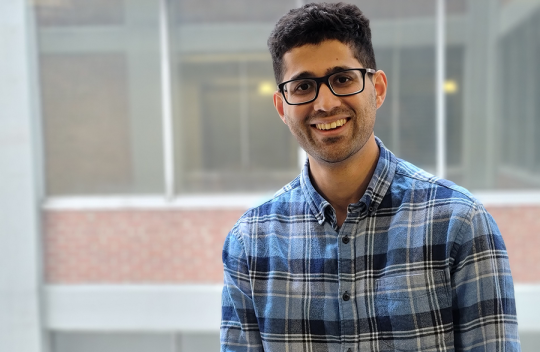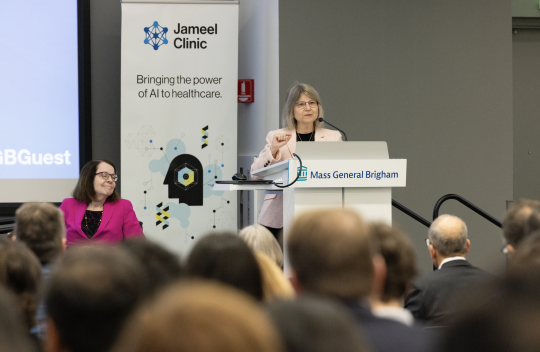Tag: clinical AI

Study: When allocating scarce resources with AI, randomization can improve fairness
Organizations are increasingly utilizing machine-learning models to allocate scarce resources or opportunities. For instance, such models can help companies screen resumes to choose job interview candidates or aid hospitals in ranking kidney transplant patients based on their likelihood of survival.When deploying a model, users typically strive to ensure its predictions are fair by reducing bias. This often involves techniques like adjusting the features a model uses to make decisions or calibrating the scores it generates.
However, researchers from MIT and Northeastern University argue that these fairness methods are not sufficient to address structural injustices and inherent uncertainties. In a new paper, they show how randomizing a model’s decisions in a structured way can improve fairness in certain situations. Learn more

Reverse Engineering Dementia With Human Computer Interaction
With many millions of Americans suffering from Alzheimer’s and dementia, cognitive decline is a major issue. The cost of dementia care is a rude awakening for many families, and patients experiencing the troubling symptoms of these difficulties might despair when they hear that there’s really no “cure,” just treatment. One of the problems is that dementia can look a lot like other forms of cognitive decline, like milder senility. So part of the process is diagnosis. We may not be able to cure dementia. But we can at least get help figuring out how to diagnose it with tools based on something called HCI. What is HCI? It stands for ‘human-computer interaction’. In some ways, it’s pretty much what it sounds like – the study of users and their behaviors in using computers. But it’s also a form of cognitive engineering, and may give us a window into the human mind. Looking at stylus-based interaction tasks, scientists are pondering quite a few metrics that reveal details on what people are thinking: eye fixation, blink rate, pupil size, etc. That in turn can help with the epidemic of cognitive impairment as we age (as presented by Randall Davis in this presentation. Davis also showed us some of the new technology coming down the pike). Learn more
Say Hello to Your Addiction Risk Score — Courtesy of the Tech Industry
MIT Assistant Professor of EECS and Jameel Clinic Principal Investigator Marzyeh Ghassemi spoke with New York Times Opinion Contributor Maia Szalavitz on how the task of addiction prediction and prevention could potentially perpetuate biases in medical decision making. Learn more
Growing our donated organ supply
For those in need of one, an organ transplant is a matter of life and death.Every year, the medical procedure gives thousands of people with advanced or end-stage diseases extended life. This “second chance” is heavily dependent on the availability, compatibility, and proximity of a precious resource that can’t be simply bought, grown, or manufactured — at least not yet.
Instead, organs must be given — cut from one body and implanted into another. And because living organ donation is only viable in certain cases, many organs are only available for donation after the donor’s death.
Unsurprisingly, the logistical and ethical complexity of distributing a limited number of transplant organs to a growing wait list of patients has received much attention. There’s an important part of the process that has received less focus, however, and which may hold significant untapped potential: organ procurement itself. Learn more

A.I. Revolution
Can we harness the power of artificial intelligence to solve the world’s most challenging problems without creating an uncontrollable force that ultimately destroys us? ChatGPT and other new A.I. tools can now answer complex questions, write essays, and generate realistic-looking images in a matter of seconds. They can even pass a lawyer’s bar exam. Should we celebrate? Or worry? Or both? Correspondent Miles O’Brien investigates how researchers are trying to transform the world using A.I., hunting for big solutions in fields from medicine to climate change. (Premiering March 27 at 9 pm on PBS) Learn more




